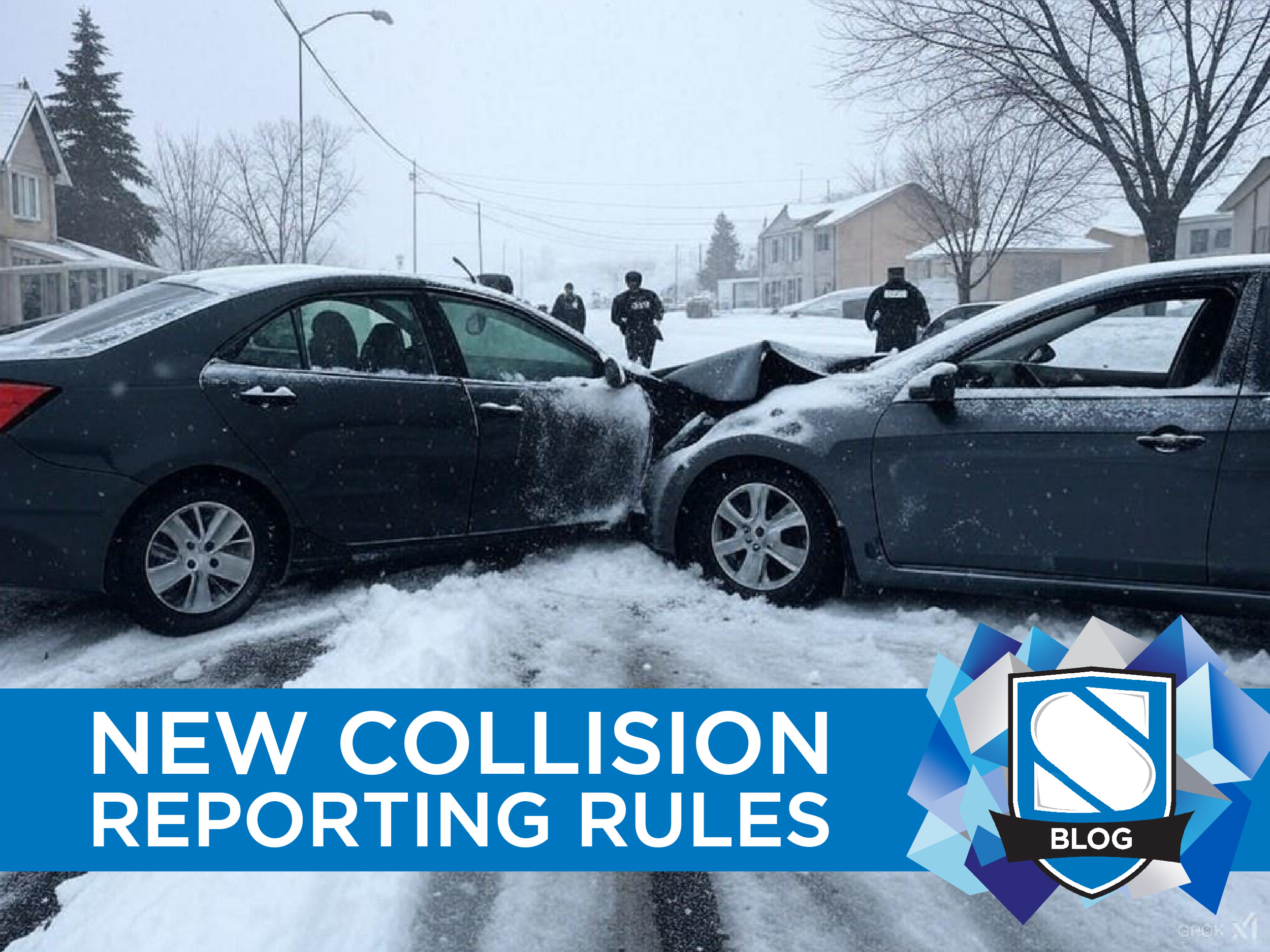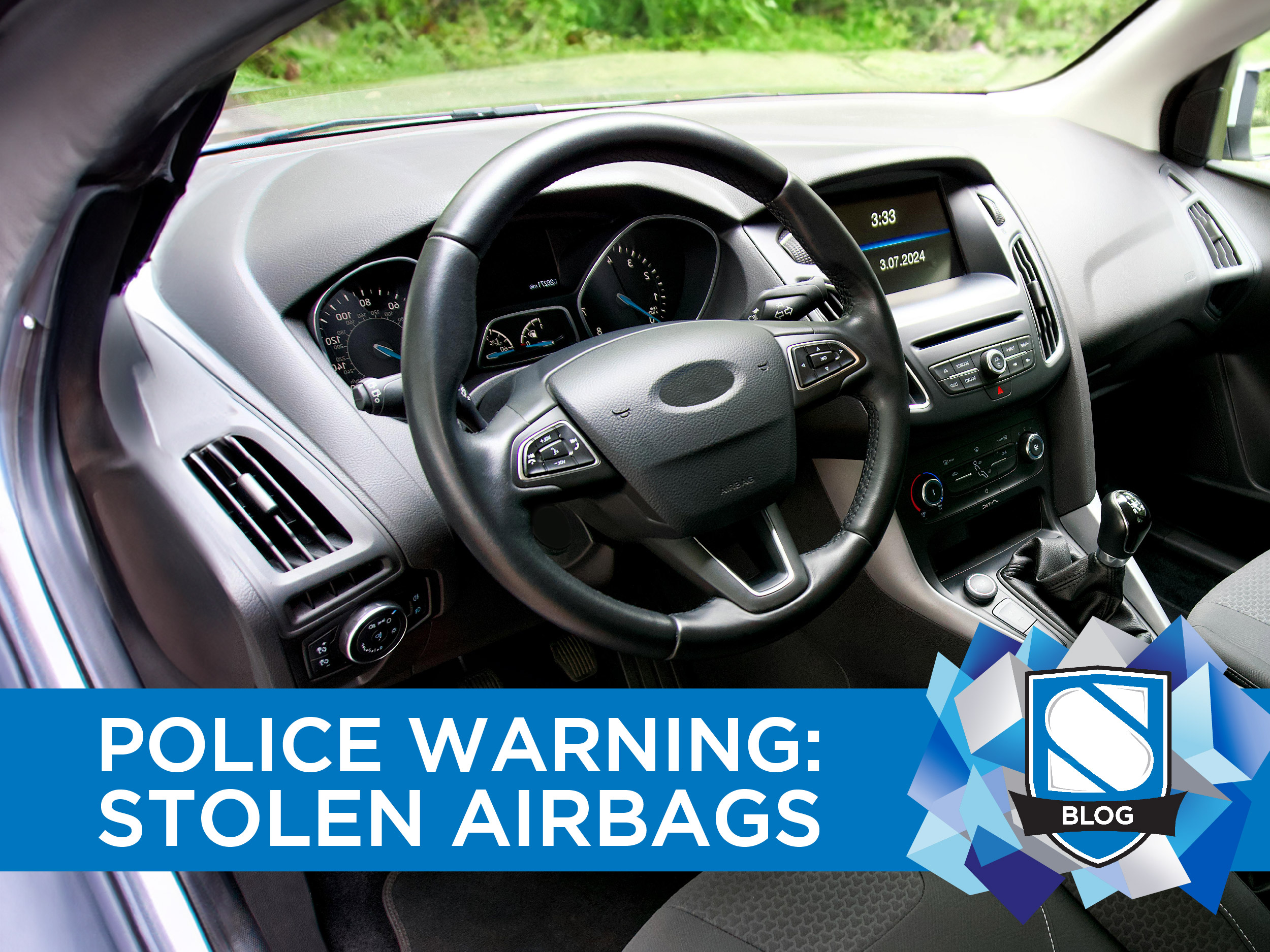Young Drivers
In our previous post, we asked this question:
At what temperatures do drivers need to watch out for the forming of black ice?
Answer: Black ice forms at between -4˚C and +4˚C, and it’s visible where the road surface appears black & shiny. Be aware of the potential for black ice on shaded areas of road, such as overpasses and bridges even long after the sun has been out.
Did you get it?
Now for this post’s question!
True or False: Young drivers are most likely to be killed or injured during the winter and least likely to be killed or injured in the summer.
We’ll reveal the answer next time!
Gaining independence is a normal part of your teen’s development, scary as that may be for many parents. One way in which teens often assert their independence is through the coveted and highly anticipated driver’s license.
As a parent, you don’t want to hold your child back, but you also want to be aware of the risks before you hand over those keys to the family car and if you can talk to your teen about the risks before they get on the road, even better!
“My Kid is Responsible Why Should I Worry?”
It’s easy to dismiss the possible danger when your kid is making puppy-dog eyes and begging for driving lessons, but facts are facts. Collisions involving young drivers have been a road safety and public health concern for decades and according to MADD Canada, motor vehicle crashes are the leading cause of death for 16-25 year olds, with drugs and/or alcohol factoring into 55% of those crashes.
Think about that number for a moment: 55% involved drugs and/or alcohol. Can you say with 100% certainty that, while in a vehicle, your child and your child’s friends will not be affected by this between the ages of 16-25 years old?
Both young drivers and young passengers are at risk, due to several key factors:
1) Inexperience: New, young drivers have not yet fully developed their visual acuity, and therefore have longer response times to potential hazards or may not even be able to anticipate those problems. The necessary multi-tasking that comes with driving is a skill developed over time.
2) Overconfidence: It’s not unusual for teens to believe that they are invincible and with new found freedom that comes with having a license, they often overestimate their abilities. This makes them more likely to take risks on the road.
“What Can I Do As a Parent?”
The statistics on young drivers are scary, indeed but setting firm restrictions on your teen’s driving habits will go a long way to reducing their risk of injury.
For example, limiting or eliminating late-night driving reduces the crash risk, because driving at night is more difficult. They’re also less experienced in managing fatigue, and may not recognize the symptoms of driver exhaustion. Late night driving also tends to be more recreational, with most drug and alcohol-related crashes occurring in the late night / early morning hours. Setting a curfew for young drivers will also prevent them from the temptation to be on the road late at night.
In terms of passengers, it may be helpful to limit the amount of passengers your teen is allowed to carry in the car at any given time. Statistics have shown that the more teens are in a vehicle together, the greater the crash risk (particularly if those passengers are male). With three or more passengers, the crash risk is approximately four times greater than when driving alone.
You might also choose to restrict your teen’s ability to obtain a license until they have matured further instead of encouraging them to go out and get licensed, consider volunteering to drive them where they need to go, or helping them to determine efficient bus routes. The more life experience and maturity your teen has before getting behind the wheel of a car, the less likely they are to make critical errors on the road.
“What About Insurance?”
While teens don’t tend to think about insurance, for parents, that’s one of the first things that comes to mind with the words “young driver!” Insurers require that they are notified of all licensed drivers in the household, even though most auto insurance companies don’t apply additional charges for G1 licensed “occasional operators.”
However, depending on how many vehicles are owned by the household and the number of drivers, a newly G2 licensed driver may be rated either as an occasional operator or principle operator of an insured vehicle.
If the driver is rated as an occasional operator, the rate will be calculated on the highest rated vehicle in the household. It’s also worth noting that automobile insurance companies do provide premium discounts for MTO approved beginner driver education / training programs – however, the insurer will require that the original signed certificate, confirming completion of the program, is provided. Hang onto that piece of paper!
As your young driver grows in his or her ability, an additional “year’s driving experience” is gained by holding a full G license and being free of any at-fault accidents. Even one minor conviction can increase your premium by 10%, and an at-fault accident can double it, so be sure to talk to your teen about their responsibility (perhaps have them cover the increase!) should they get in an accident or pulled over and ticketed.
Allowing your teen to take to the roads is a scary thought, but honest communication with your young driver – and an awareness of the potential risks – can go a long way to reducing your teen’s risk on the roads, both as driver and passenger.
And of course, if you have any questions about young drivers and insurance, be sure to call your Staebler broker. We welcome your questions!














0 Comments